Yes, some U.S. airlines do hire international student pilots, but it depends on your visa status, certifications, and flight experience.
While the path to becoming a pilot in the U.S. is open to international students, it comes with specific legal and logistical challenges. However, with strategic planning, the right training, and a clear understanding of visa options, international students can absolutely build successful aviation careers in the U.S.
At Kingsky Flight Academy, we specialize in helping international students navigate this journey from private pilot training to career opportunities with U.S. airlines. In this guide, we’ll walk you through the essential steps, including visa requirements, flight school pathways, time-building strategies, and how to stand out in a competitive job market.
Why International Students Choose the U.S. for Flight Training
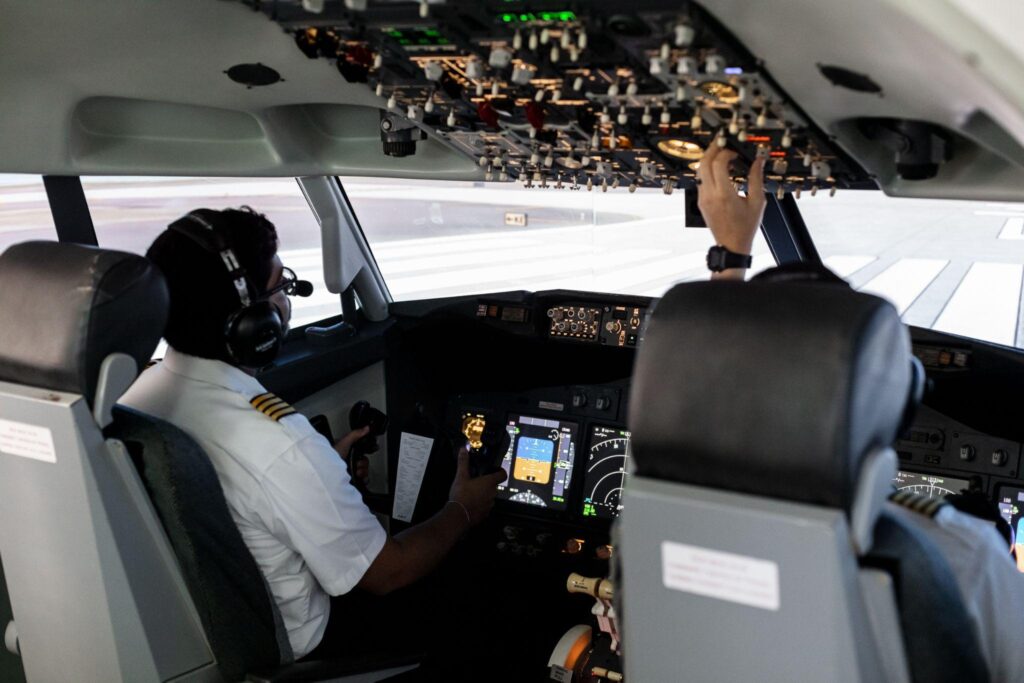
The U.S. offers several advantages for aspiring aviators:
- Modern training aircraft and technology
- Consistent weather (especially in Florida!) for year-round flying
- Globally respected FAA certifications
- Diverse flight school options with structured training programs
It’s no wonder thousands of international students begin their aviation journey here each year, starting with their private pilot license and progressing toward becoming a commercial pilot.
Visa Options: What You Need to Know
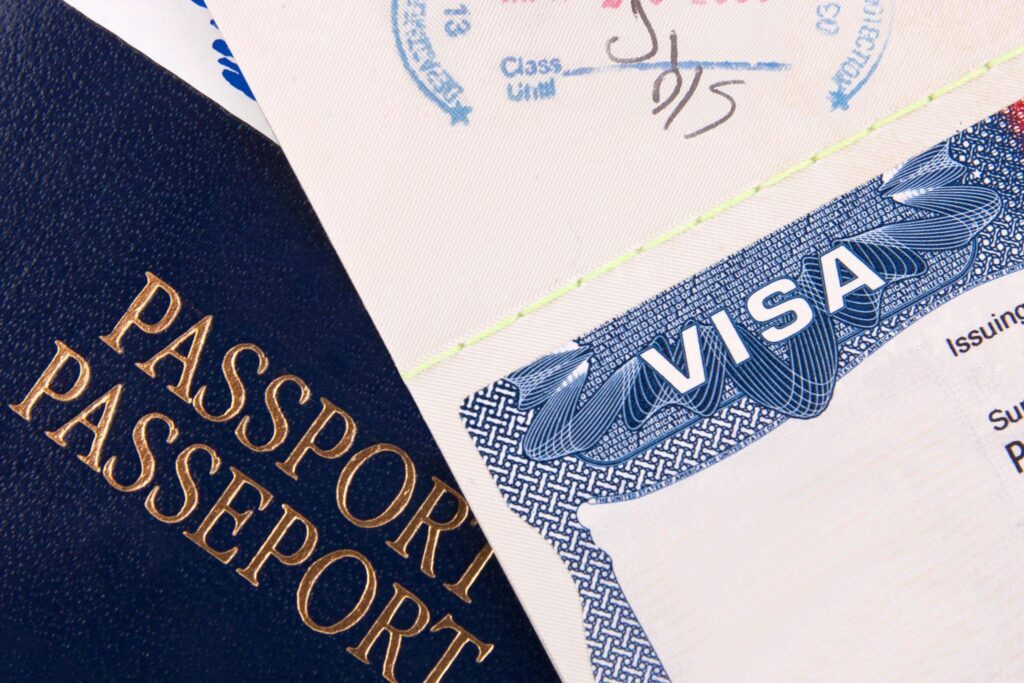
Before starting your flight training, you’ll need the correct visa. Here’s a comparison of the most relevant visa types:
F-1 Student Visa
- Used for academic and professional training
- Eligible for up to 12 months of OPT (Optional Practical Training)
- Ideal for students planning to work after completing training
M-1 Vocational Visa
- Designed for non-academic training programs like aviation
- Issued using Form I-20, which Kingsky will provide after enrollment and verification
- Typically valid for up to 12 months
- Requires you to submit a TSA training request before beginning flight instruction
- Work not permitted under this visa type, so time-building must be planned accordingly
J-1 Exchange Visa
- Used for internships or training under cultural exchange
- Limited and highly specific; often includes home-country return requirement
H-1B Visa
- Employer-sponsored work visa for skilled professionals
- Competitive and requires sponsorship
EB-2/EB-3 Visa
- Employment-based Green Cards
- Suitable for long-term employment after building U.S. work experience
At Kingsky Flight Academy, the M-1 visa is the approved and required visa for all international students enrolling in flight training programs. While other U.S. schools may offer F-1 or J-1 options, our FAA-certified programs fall under vocational training, which qualifies under the M-1 category.
The Kingsky Pathway: From Private Pilot to Commercial Pilot
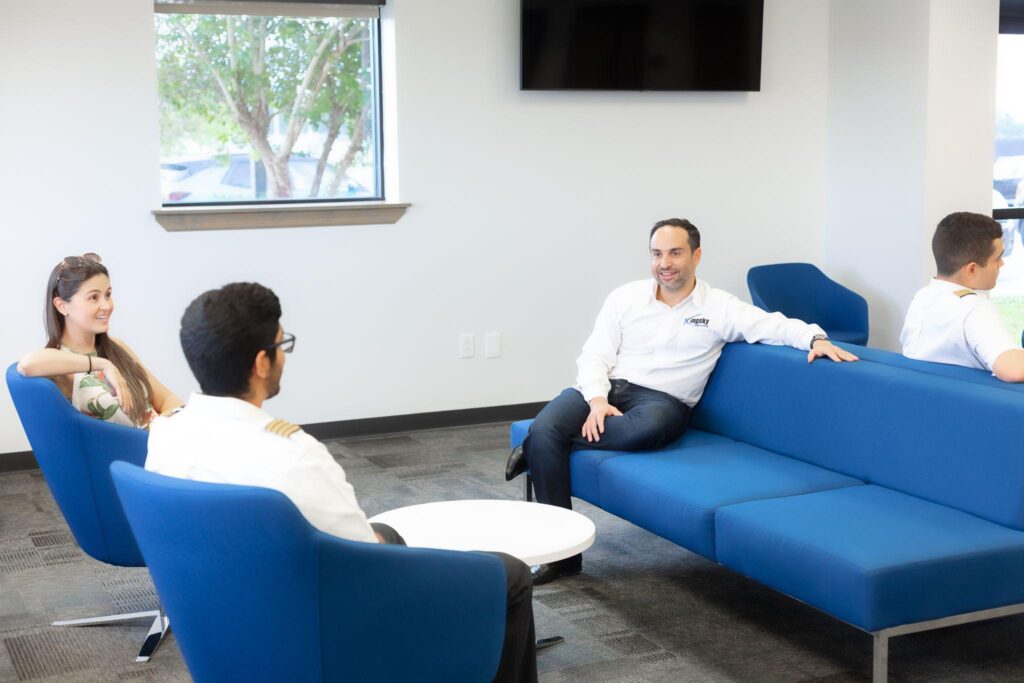
We provide full support for international enrollment, from application to visa assistance. Once your application is accepted and your deposit is made, we’ll issue your Form I-20, which is required for your M-1 visa.
Our admissions process includes the following steps:
- I-20 application submission
- Registration fee payment
- Financial document verification
- Form I-20 issuance and SEVIS registration
- DS-160 visa application
- U.S. Embassy interview
- TSA security clearance and fingerprinting
Once your visa is approved, you’re cleared to begin your training. Just don’t make travel plans until you receive a confirmed class start date from Kingsky Flight Academy.
Building Flight Hours and Experience
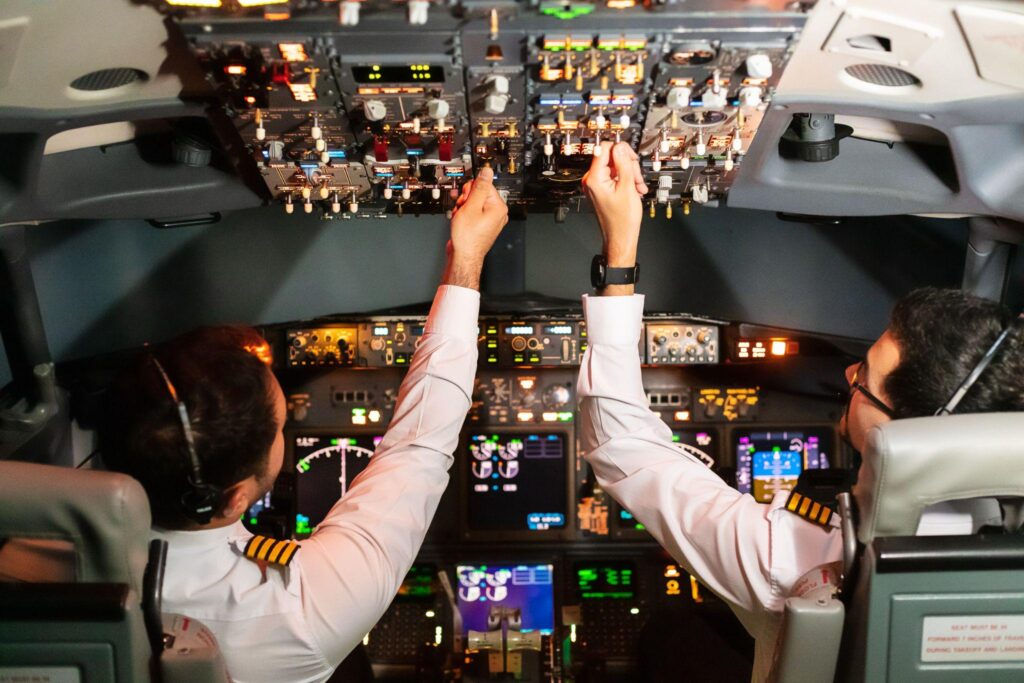
In the U.S., most airline jobs require at least 1,500 flight hours before you can apply as a First Officer. Here’s how our international students build those hours:
Top Time-Building Options
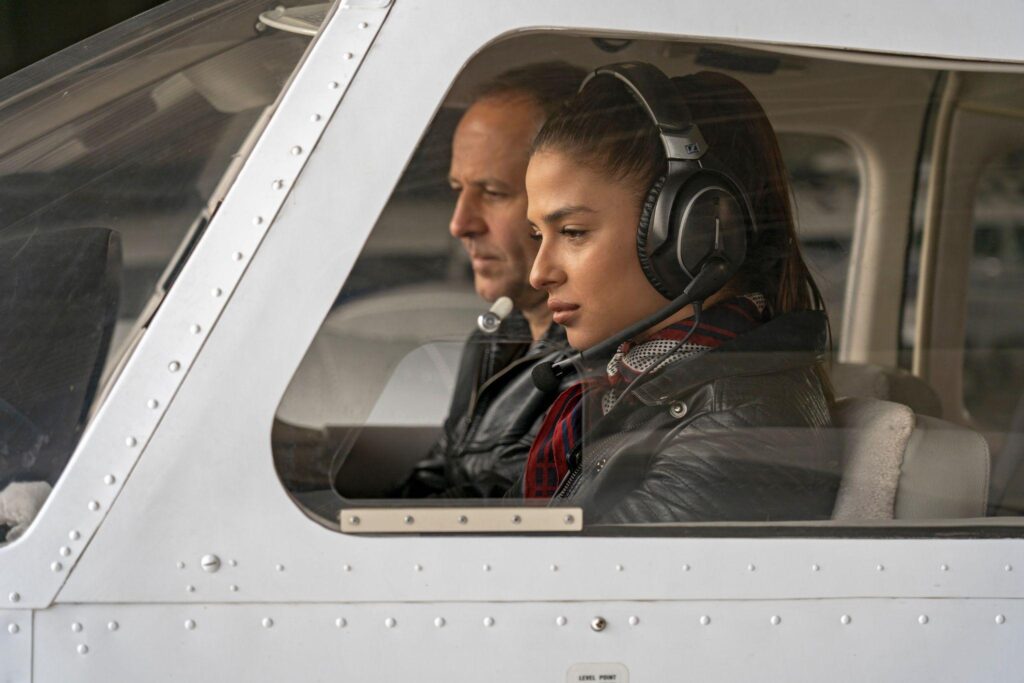
- Certified Flight Instructor (CFI) Work: Under the F-1 OPT program, many students work as instructors at Kingsky or other schools.
- Charter or Ferry Flights: These gigs allow you to log time while flying across different regions.
- Regional Airline Mentorships: Some regional airlines offer early hiring pathways or conditional job offers.
Flight experience is about varied conditions, aircraft types, and real-world decision-making.
Will U.S. Airlines Hire You?
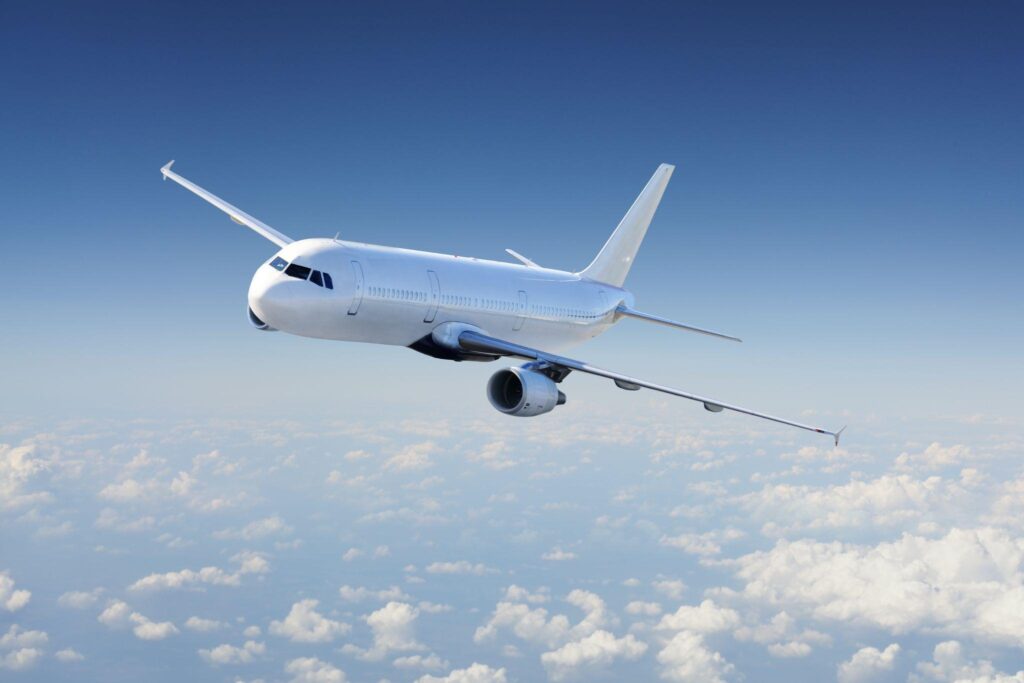
The good news is that some airlines do hire international student pilots.
What U.S. Airlines Want
- FAA Commercial or Airline Transport Pilot (ATP) certification
- Valid work authorization (through OPT, H-1B, or Green Card)
- 1,500+ flight hours
- Strong CRM and communication skills
Best Tips for Employment
- Start Networking Early: Industry events, flight school connections, and alumni can open doors.
- Build a Standout Resume: Highlight FAA licenses and diverse flight conditions.
- Target Regional Carriers First: They often have more flexible hiring policies.
- Practice Your Interviews: Technical knowledge and professionalism are key.
- Stay Visa-Compliant: Ensure all work is authorized by your visa status.
Many Kingsky graduates successfully work in the U.S. under their OPT period and gain critical experience that helps them land long-term roles, some even securing H-1B sponsorship after meeting eligibility criteria.
Stay Updated: Industry Demand and Policy Changes
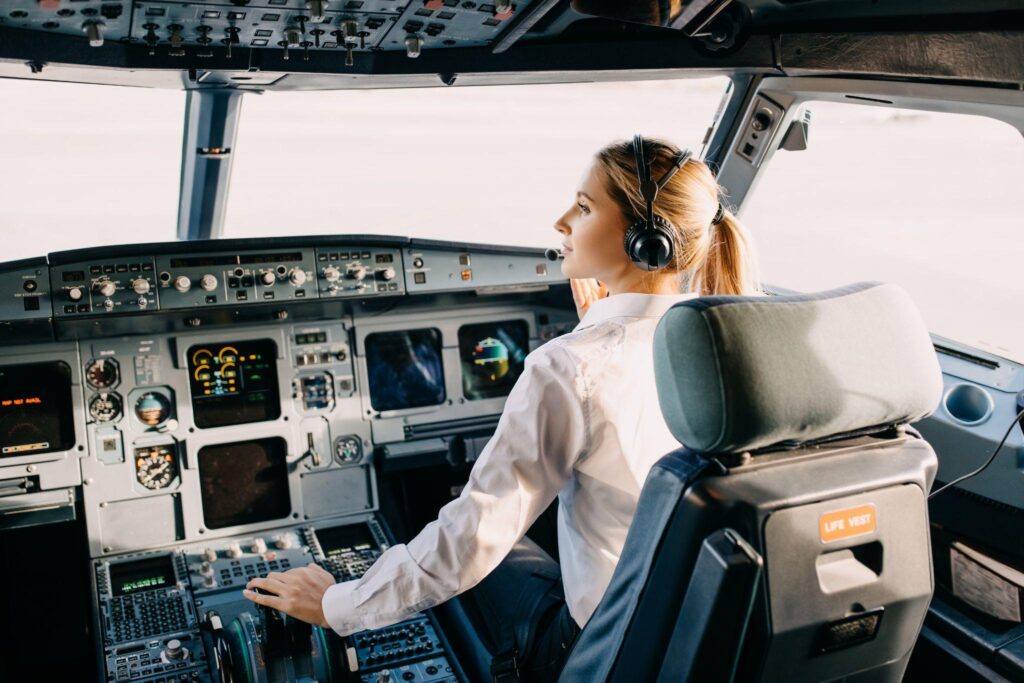
The aviation landscape is evolving quickly. Immigration policies, training requirements, and hiring trends can shift year to year. But one thing is clear:
The Demand for Pilots Is Growing
- Airlines are expanding routes and adding aircraft
- Many veteran pilots are retiring
- The FAA forecasts sustained demand for commercial pilots through 2040
This creates a golden window for well-trained, professional international students who are prepared and persistent.
FAQs
Can international students become commercial pilots in the U.S.?
Yes. With FAA-approved training and the right visa, students can earn a commercial pilot license and gain flight experience.
Do U.S. airlines hire international student pilots?
Some do, particularly regional airlines. Work authorization (OPT or visa sponsorship) is essential.
What is the best visa for flight training in the U.S.?
Most international students training at Kingsky use the M-1 visa, issued with a Form I-20. We provide everything you need to apply, including document checklists and personal guidance. If you’re pursuing a degree or want to work after training, you may be eligible for the F-1 visa instead.
Can I work as a flight instructor after graduation?
Yes, if you’re on an F-1 visa with approved OPT. It’s a common way to build time legally.
How can I increase my chances of being hired?
Train at a top-tier flight school like Kingsky, earn multiple ratings, network within the industry, and gain solid flight experience as a CFI or in charter operations.
Your Future Takes Flight at Kingsky Flight Academy
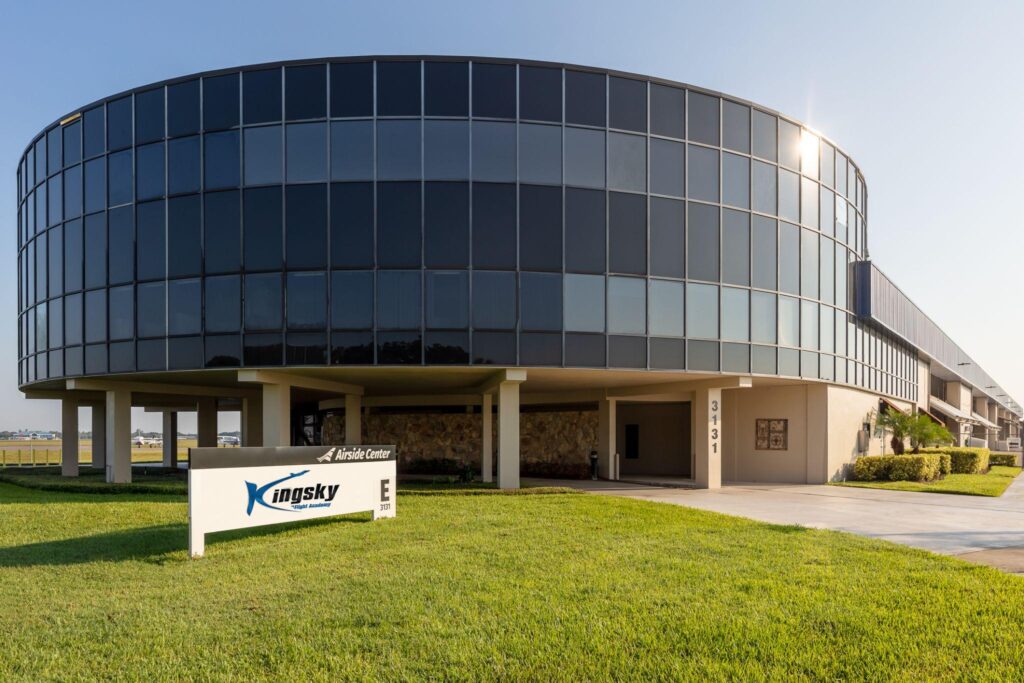
Becoming a U.S. airline pilot as an international student is a realistic and exciting goal for those willing to put in the work. From private pilot to professional aviator, Kingsky Flight Academy is here to help you take every step with confidence.
We offer personalized training paths, visa support, and a deep understanding of what it takes to turn your dream into a career. Start your journey today with Kingsky Flight Academy’s International Flight Academy.
